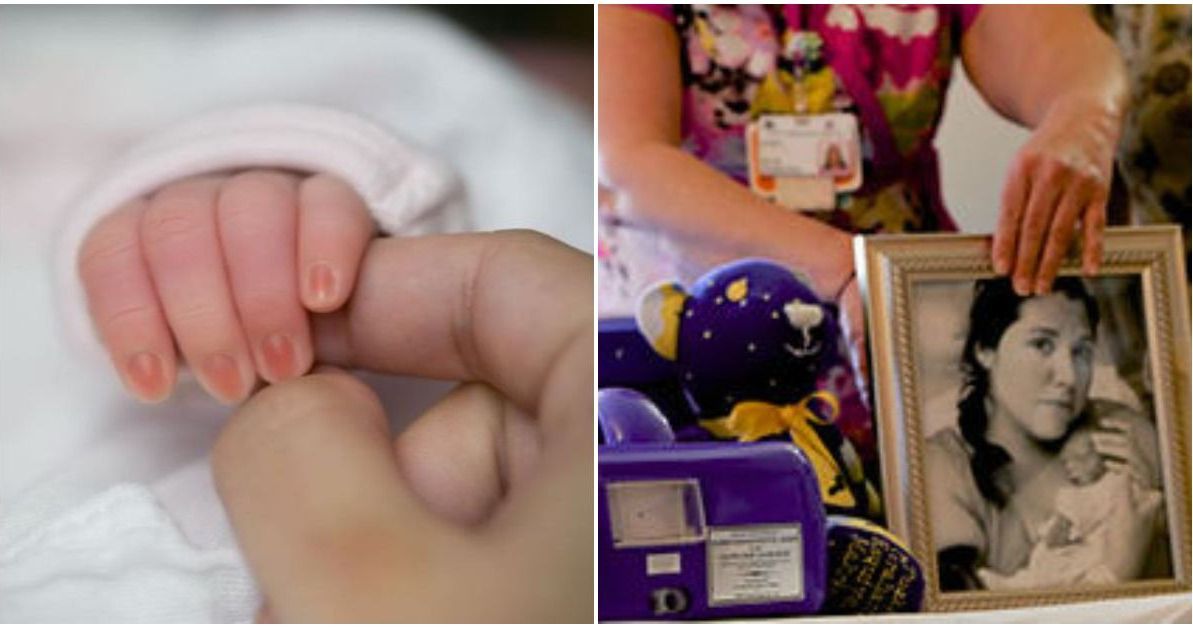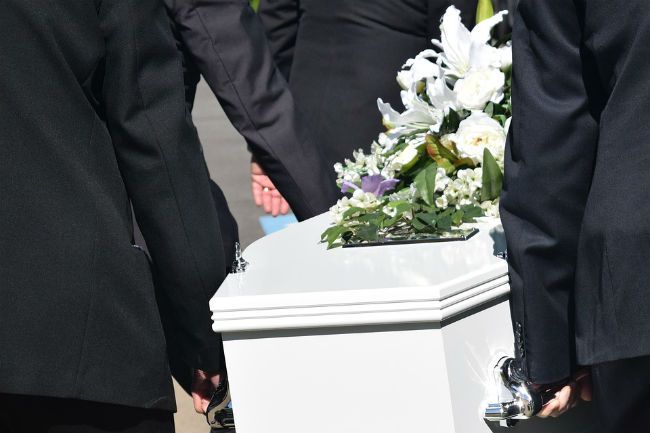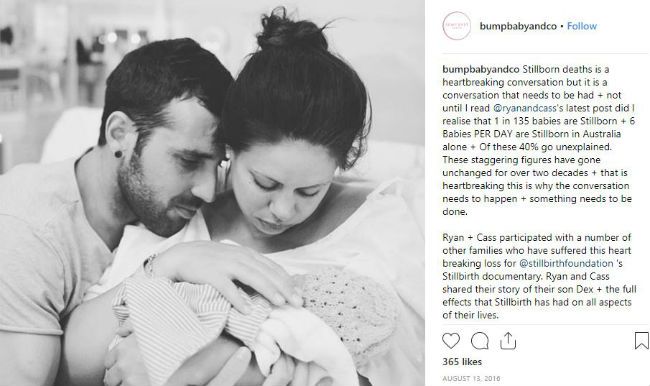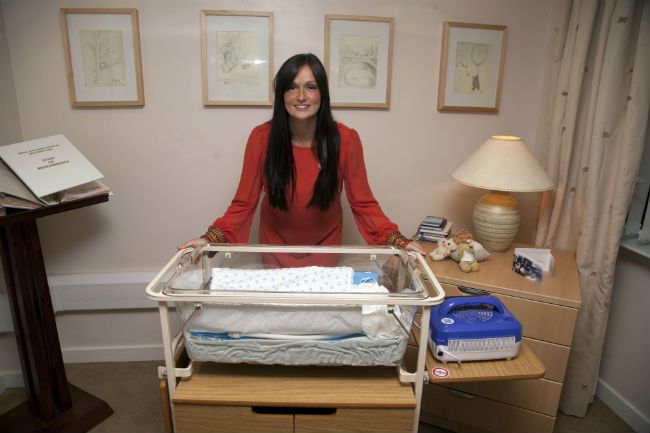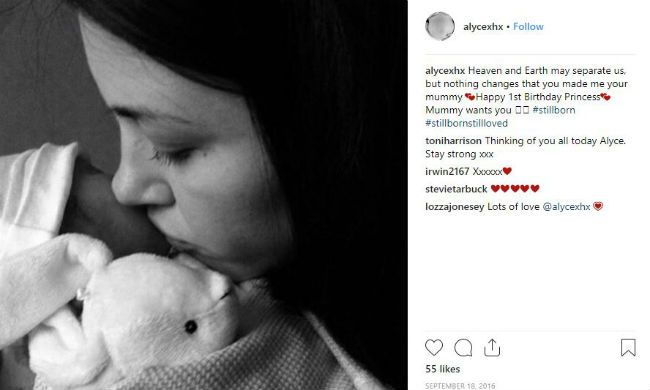Last week, Emily Long shared the heartbreaking story of her daughter, Helen, who was stillborn in June.
While her pregnancy was "uneventful," and Helen was "very active," she suddenly stopped moving at 38 weeks.
She was delivered stillborn, via C-section, soon afterwards.
While the story is tragic, Long is just one of the 26,000 women who deliver a stillborn child in America each year.
But she's also part of another growing number: parents who use special devices to preserve their late children, sometimes for days.
"While the experience was beyond painful, it was also one filled with hope."
Long and her husband used a specially developed bassinet to spend three extra days in the hospital with Helen, before finally saying goodbye.
The CuddleCot simply uses a "cooling blanket" attached to an insulating hose, and the lower temperature preserves the stillborn child while parents and family members say goodbye.
On their website, CuddleCot's maker, Flexmort, says their device "gives grieving parents the gift of time."
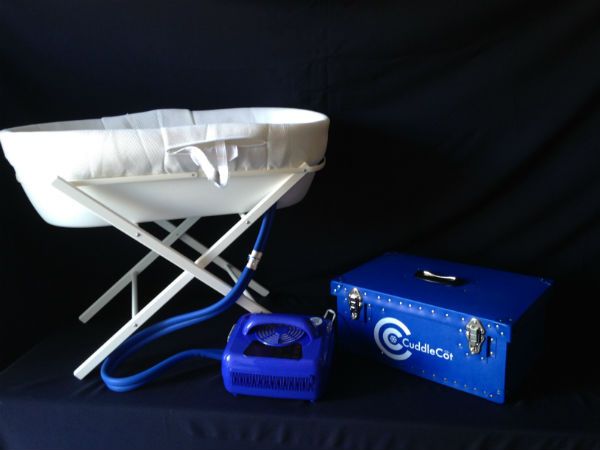
When the cot is used properly, one bereavement support specialist says parents can safely keep their baby for up to a month.
Flexmort explains that "dressing the baby, taking photographs or simply just staying close" can help grieving parents cope with their loss.
A study published in Obstetrics and Gynecology agrees, saying that "spending time with babies after perinatal death largely identifies positive psychological outcomes for the parents."
And the alternative - visiting the late child in the hospital morgue - is obviously less desirable.
As the study's authors wrote, parents of stillborn children often felt like they were "going home empty-handed."
But Long said her CuddleCot was "a lifeline" to her daughter.
"Over the course of three days, our family and friends traveled from all over the country and as far as Panama where my sister lives to come and meet Helen James.Our hospital room was filled with emotions "“ tears and sadness and heartbreak, but there were also moments of laughter and love. While the experience was beyond painful, it was also one filled with hope."
A Growing Demand
Long is not alone, as many parents who use CuddleCots say they were invaluable during the first days of their long healing process.
But these devices are still relatively rare in America, and many parents have never even heard of them.
Compare that to the U.K., where 92% of hospitals have at least one CuddleCot on hand.
In many cases these devices, which cost around $3,500, are donated by other parents who have relied on a CuddleCot, or wish they could have.
Anna Heath from Australia, whose daughter Raleigh was stillborn, was even able to take her home thanks to the special crib.
"We had four precious days," she told the Australian Broadcasting Corporation, as opposed to just "a few hours" without the cot.
During that time, Raleigh was baptized, visited by family, and even had casts made of her hands and feet.
Some might call it macabre, and Heath says she could understand why.
"I would have thought that too," she explained, "but when you're in that situation and all you've wanted is a baby and it's taken from you, you really want those memories to keep."
The Heaths and the Longs have both raised money to buy and donate more CuddleCots after their experiences, hoping to help other families in need.
"At the time I had no energy to do anything but my mind was set and I knew we had to do this in honor of Raleigh," Heath remembered.
"We were gobsmacked. The target was $4,500 and we got there in 24 hours."
